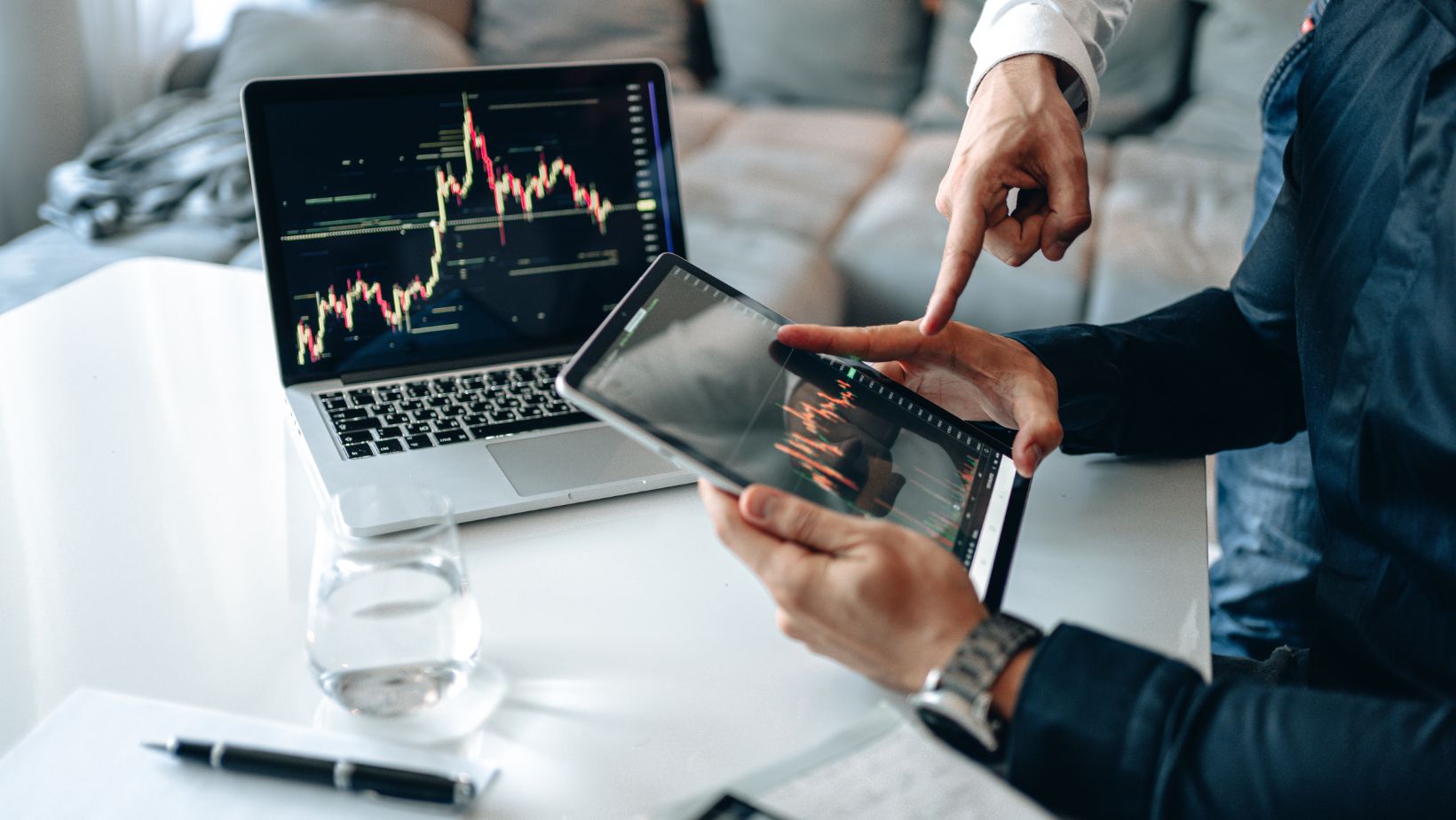Margin trading offers traders the opportunity to amplify potential gains by borrowing funds to increase their positions. While the promise of higher profits is attractive, margin trading comes with significant risks, and one of the most critical aspects traders must understand is liquidation. Liquidations occur when the market moves against a trader’s position, and the broker closes it to recover the borrowed funds.
This article delves into the concept of liquidations in margin trading, explaining their mechanics, risks, and strategies for prevention. Whether you’re new to trading or a seasoned investor, understanding liquidations is vital for managing risks effectively and safeguarding your capital.
What Is Liquidation in Margin Trading?
Definition
Liquidation in margin trading happens when a trader’s margin level falls below the required maintenance margin due to adverse market movements. The broker or platform automatically closes the position to recover its loaned funds.
How Liquidation Works
- Initial Margin: The amount a trader deposits to open a leveraged position.
- Maintenance Margin: The minimum balance a trader must maintain to keep the position open.
- Trigger Point: When losses reduce the account balance below the maintenance margin, liquidation occurs.
Example
- A trader opens a $10,000 position with $1,000 in their account and 10x leverage.
- If the position loses 10% ($1,000), the account balance falls to zero, triggering liquidation.
Types of Liquidations
Partial Liquidation
- The platform closes a portion of the position to restore the margin level.
- Pro: Reduces the total position size, lowering risk.
- Con: Can still lead to a full liquidation if the market continues to move unfavorably.
Full Liquidation
- The entire position is closed when the margin requirement is not met.
- Pro: Protects the broker from losses.
- Con: Results in total loss of the trader’s equity for that position.
Causes of Liquidations
High Leverage
- Amplifies both profits and losses.
- A small market move against the position can quickly erode the margin.
Market Volatility
- Rapid price swings can lead to unexpected losses, increasing the risk of liquidation.
Lack of Risk Management
- Failure to set stop-loss orders or manage position sizes effectively.
Risks of Liquidation
Financial Loss
- Liquidation results in the loss of the trader’s entire margin for the position.
Emotional Impact
- Significant losses can lead to stress, overtrading, and poor decision-making.
Reduced Capital for Future Trades
- Liquidated accounts often need additional funding to resume trading.
Preventing Liquidations
1. Use Lower Leverage
- Reducing leverage decreases the likelihood of liquidation.
2. Set Stop-Loss Orders
- Automatically close positions before losses reach the liquidation point.
3. Diversify Positions
- Avoid putting all capital into a single trade to spread risk.
4. Monitor the Market
- Stay informed about market trends, news, and potential volatility.
5. Maintain a Buffer
- Keep a surplus in your account to absorb short-term losses without triggering liquidation.
Case Studies
Case Study 1: The Impact of High Leverage
A trader uses 50x leverage on a $1,000 position in Bitcoin. A 2% drop in Bitcoin’s price triggers liquidation, resulting in the loss of their entire initial margin.
Case Study 2: Stop-Loss Saves the Day
Another trader uses 10x leverage and sets a stop-loss at 5%. When the market moves against them, the position closes automatically, saving 95% of their margin.
Pros and Cons of Margin Trading with Liquidation Risk
Pros
- Potential for higher profits with less capital.
- Access to larger positions and market opportunities.
Cons
- High risk of significant losses.
- Possibility of liquidation wiping out the entire margin.

The Role of Platforms in Liquidation
Risk Mitigation Tools
- Margin Calls: Alerts traders to deposit additional funds before liquidation.
- Stop-Loss Features: Enable traders to manage risk effectively.
Example Platform
Platforms like Immediate 4.8 Keflex offer tools and analytics to help traders monitor their margin levels and avoid liquidation, enhancing their trading experience.
Conclusion
Liquidations are an inherent risk in margin trading, emphasizing the need for robust risk management strategies. While leverage can amplify gains, it equally magnifies losses, making it crucial for traders to understand and mitigate liquidation risks.
By employing strategies such as setting stop-loss orders, using lower leverage, and maintaining a margin buffer, traders can navigate the complexities of margin trading more effectively. Additionally, leveraging advanced platforms like Immediate 4.8 Keflex can provide valuable tools and insights to minimize risks and optimize trading performance.
Understanding the mechanics and implications of liquidation is a critical step for any trader aiming for long-term success in the crypto markets.


